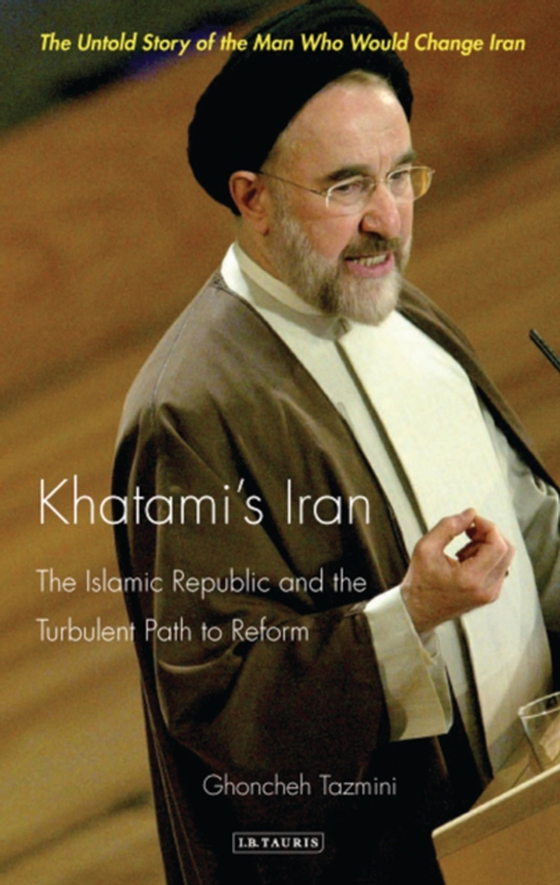
Khatami's Iran e-bog
230,54 DKK
(inkl. moms 288,18 DKK)
To understand contemporary Iran's notoriously complex politics, it is essential first to grasp the monumental changes initiated by Mohammad Khatami. This previously little-known cleric stormed to victory in Iran's 1997 presidential elections with nearly 70% of the vote, encouraging Iran's reform movement to flourish during his eight-year tenure as president. Ghoncheh Tazmini's book offers a tho...
E-bog
230,54 DKK
Forlag
I.B. Tauris
Udgivet
30 april 2009
Længde
256 sider
Genrer
1FBN
Sprog
English
Format
pdf
Beskyttelse
LCP
ISBN
9780857714039
To understand contemporary Iran's notoriously complex politics, it is essential first to grasp the monumental changes initiated by Mohammad Khatami. This previously little-known cleric stormed to victory in Iran's 1997 presidential elections with nearly 70% of the vote, encouraging Iran's reform movement to flourish during his eight-year tenure as president. Ghoncheh Tazmini's book offers a thought-provoking, astutely close-up yet systematic analysis of Khatami the man and the reform movement that supported him. She provides us with the first insight into Khatami and his politics, unravelling from the inside the dramatic emergence and consequences of Iran's vibrant reform movement.Khatami's reforms ushered in an era of transformation and set the country on the path to greater religious tolerance, increased socio-political liberties, integration into the world economy and rapprochement with the international community. Tazmini's account of Iran's charismatic and ambitious President-Reformer is authoritative and provocative, portraying Khatami as a leader who displayed a combination of exceptional resilience and periods of cautious hesitancy in the face of dilemmas and vulnerabilities associated with his decision to become the first Iranian figure to implement change in the Islamic Republic of Iran. She describes how despite the institutional constraints associated with Iran's power structure and powerful conservative opposition, the reform movement managed to successfully set in motion a pluralistic momentum in Iran.Balanced and analytical, this book provides a comprehensive and finely detailed introduction to the subtleties of contemporary Iran's complex political culture. At the same time it is an important reference point for a critical period of Iran's post-revolutionary trajectory, especially given the controversial post-Khatami developments in the country following the election of President Ahmadinejad.
 Dansk
Dansk

